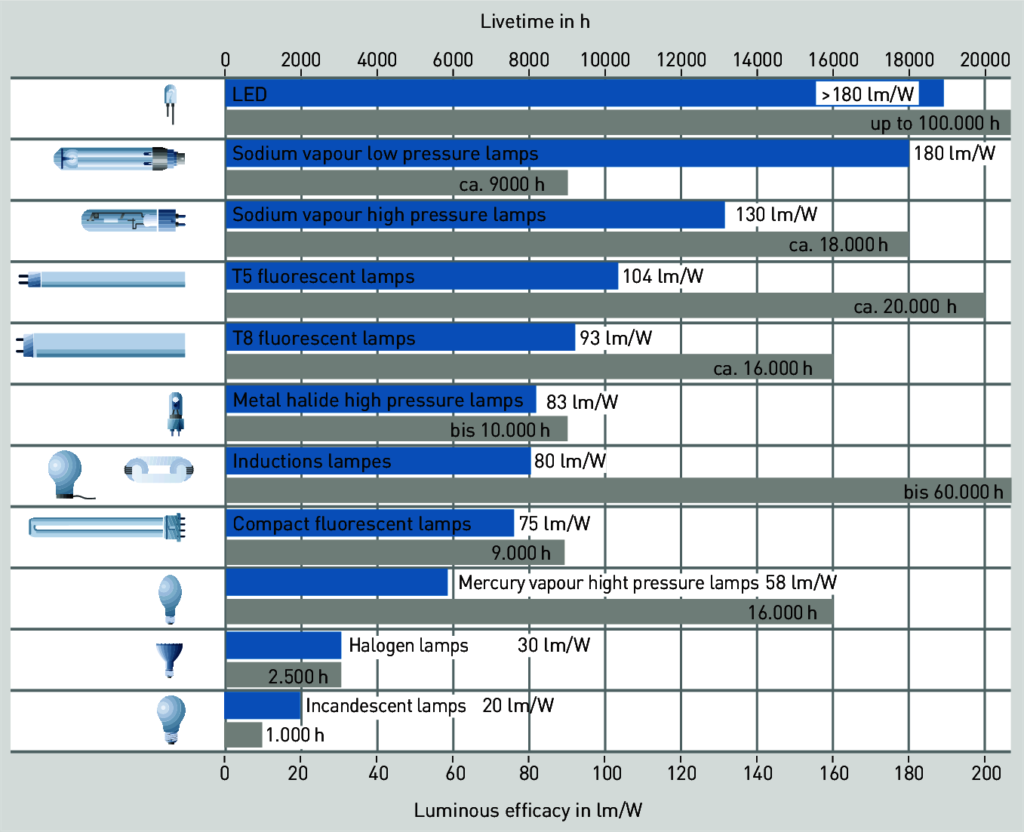Luminous efficacy is a measure. It is how well a light source produces visible light. It is the ratio of luminous flux to power, measured in lumens per watt (lm/w) in the International System of Units (SI).
The ratio of the luminous flux emitted by the light source to the power consumption is called the luminous efficiency, and the unit is lumens/watt.
Different light sources emit the same luminous flux, and the less power they consume, the higher the luminous efficiency.
Because of the structure of the human eye, not all wavelengths of light have the same visibility.
The spectra of infrared and ultraviolet light do not affect luminous efficiency.
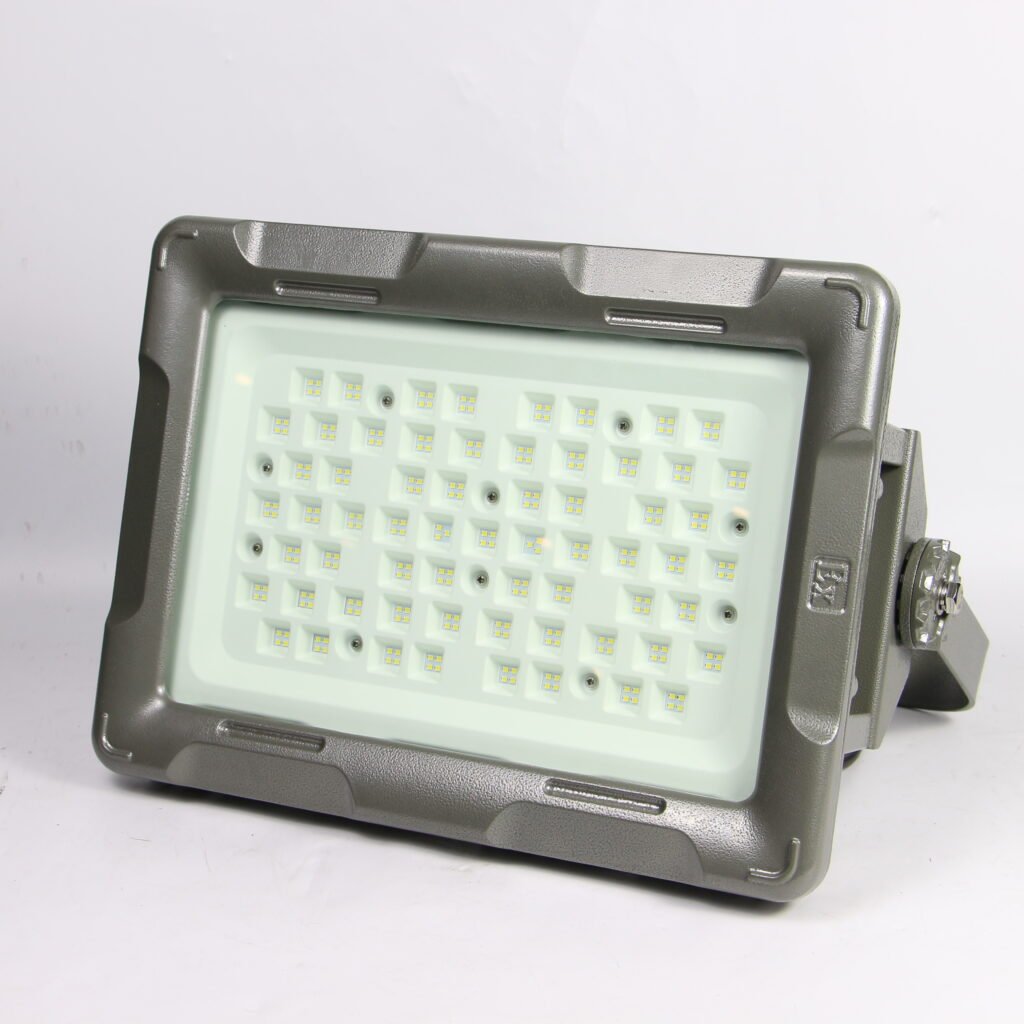
The luminous efficiency of the light source is related to the ability of the light source to convert energy into electromagnetic radiation and the capability of human eyes to perceive the radiation emitted.
The power in luminous efficiency usually depends on the situation. It is unknown in many cases.
Sometimes the former is defined as radiant luminous efficiency, and the latter is called power luminous efficiency.
The luminous efficiency of the power supply is a measure.
The light source provided the efficiency of visible light emitted by electric energy.
That is the ratio of radiation flux to input electric power. Radiant luminous efficiency Description: the efficiency of the light source to provide visible light, that is, the ratio of luminous flux to radiant flux. Because of the structure of the human eye, not all wavelengths of light have the same visibility. The spectra of infrared and ultraviolet light do not affect luminous efficiency. The luminous efficiency of the light source is related to the ability of the light source to convert energy into electromagnetic radiation and the capability of human eyes to perceive the radiation emitted.
What is luminous flux?
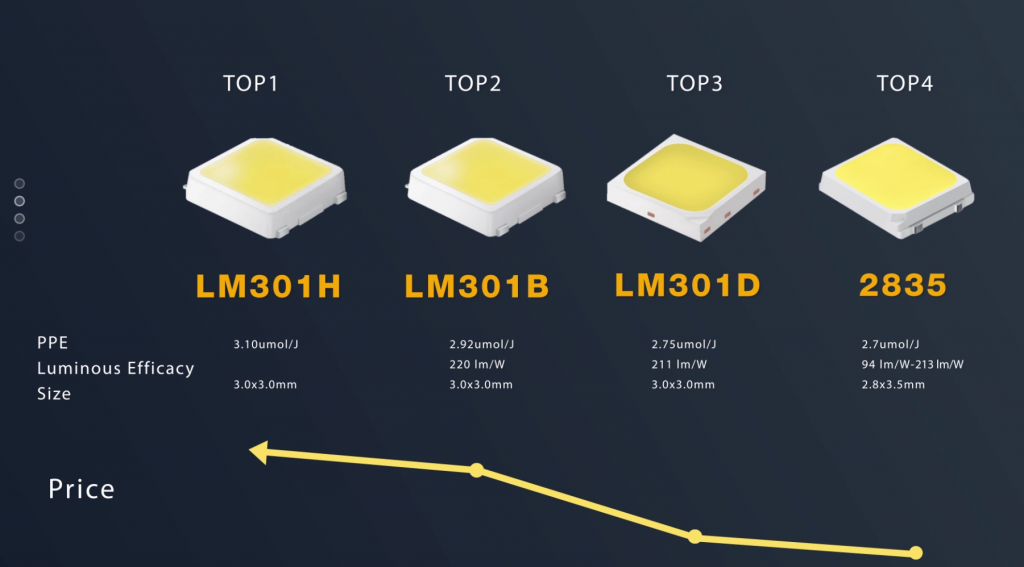
Luminous flux refers to the radiant power that the human eye can feel. It is equal to the product of the radiant energy of a definite band and the relative visual velocity per unit time of that band. Because the relative visibility of human eyes to the light of different wavelengths is different, when the radiation power of the light of different wavelengths is equal, the light flux is not equal.
Luminous flux refers to the derived amount of radiation flux evaluated, according to international standards for human visual characteristics, expressed in symbols Φ (or Φ r) Indicates.
The unit of luminous flux is LM (lumen).
1lm is equal to the luminous flux emitted by a point light source with a uniform luminous intensity of 1CD (candela) within a unit solid angle of 1sr (sphericity).
That is, 1 LM = 1 CD • Sr. The nominal luminous flux of a 40W ordinary incandescent lamp is 360lm, the nominal luminous flux of a 40W day color fluorescent lamp is 2100lm, and the luminous flux of a 400 W standard high-pressure sodium lamp can reach 48000 LM.
What is brightness?
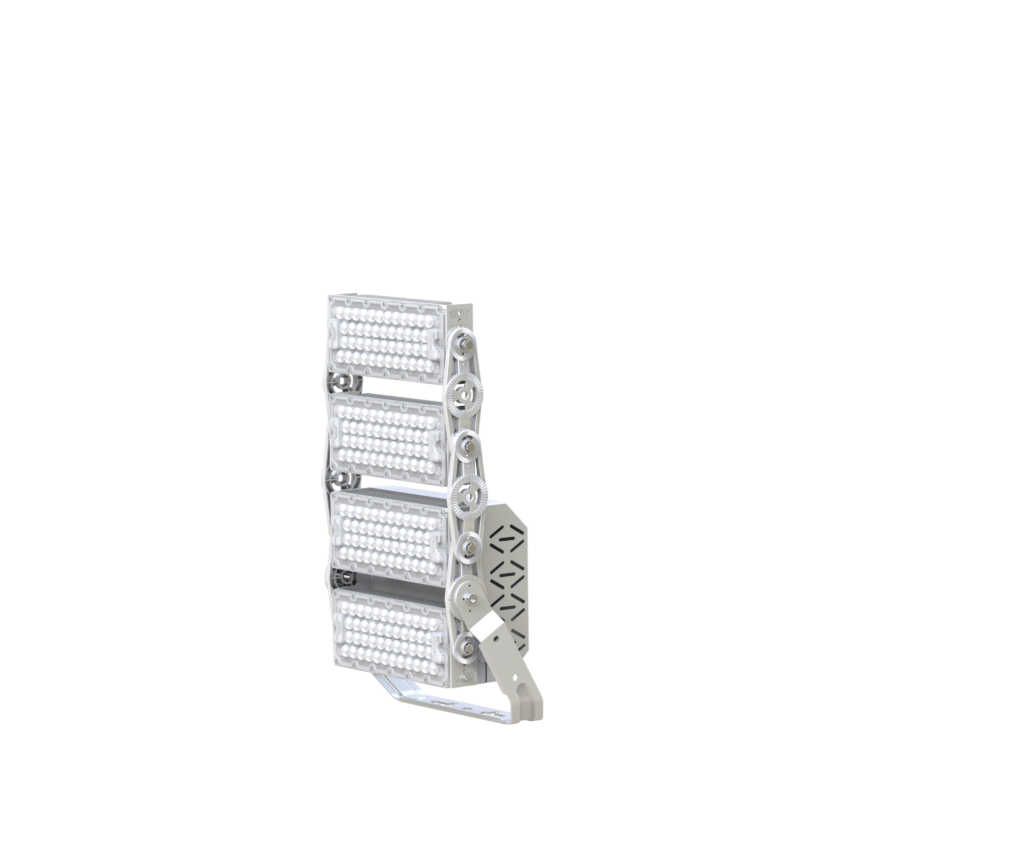
Brightness refers to the physical quantity of the luminous intensity (reflection) on the surface of the luminiferous body (reflector). The human eye observes the light source from one direction.
In this direction, the ratio of the light intensity in this direction is to the light source area “seen” by the human eye.
It is the unit brightness of the light source. That is the luminous intensity on the unit projected area.
Brightness represents by the symbol L. The unit of light intensity is candela / square meter (CD / m2).
The brightness of the light source is related to the surface area of the luminous body. Under the same light intensity, if the luminiferous area is large, it will be dark or bright.
The brightness is also related to the direction of the light-emitting surface. The brightness value of the same light-emitting boundary is also different in different directions. The usually gauged area is in the aspect perpendicular to the line of sight.
For example. In common lighting. If you want to reduce the brightness of the subject, especially the person’s face, the typical practice is to extend the distance of the lamp or add soft light paper in front of the lamp to reduce the intensity of the light.
What is a light-emitting diode?
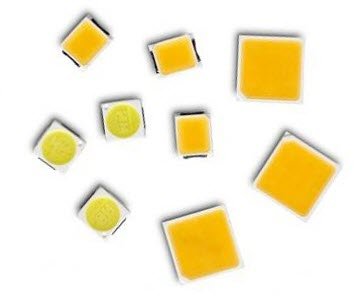
Light-emitting diodes are called LEDs for short. Led is made of compounds containing gallium (GA), arsenic (As), phosphorus (P), nitrogen (n), etc.
When electrons combine with holes, they can radiate visible light. So they can make light-emitting diodes. It can be used as an indicator light in circuits and apparatus or form a text or digital display. Gallium arsenide diode emits red light, gallium phosphide diode emits green light, silicon carbide diode emits yellow light, and gallium nitride diode emits blue light. Due to its chemical properties, divided into organic light-emitting diode OLED and inorganic light-emitting diode LED.
It is a kind of semiconductor diode. It can convert electric energy into light energy. As usual, LED is composed of a PN junction and has single conductivity.
When a forward voltage brings to bear on the LED. The holes injected from the p-region to the N-region and the electrons injected from the N-region to the p-region combine with the N-region electrons and p-region holes at a few micrometers near the PN junction, respectively. So that produces spontaneous emission fluorescence lighting. The energy states of electrons and holes in different semiconductor materials are various. When electrons and holes combine, the energy released is diverse. The more energy released, the shorter the wavelength of light
emitted. Commonly used are diodes that emit red, green, or yellow light. The reverse breakdown voltage of the LED is greater than 5 volts. Its forward volt-ampere characteristic curve is very steep. When in use, the current limiting resistor must be connected in series to control the current through the diode.
Will calculate the current limiting resistance R by the following formula:
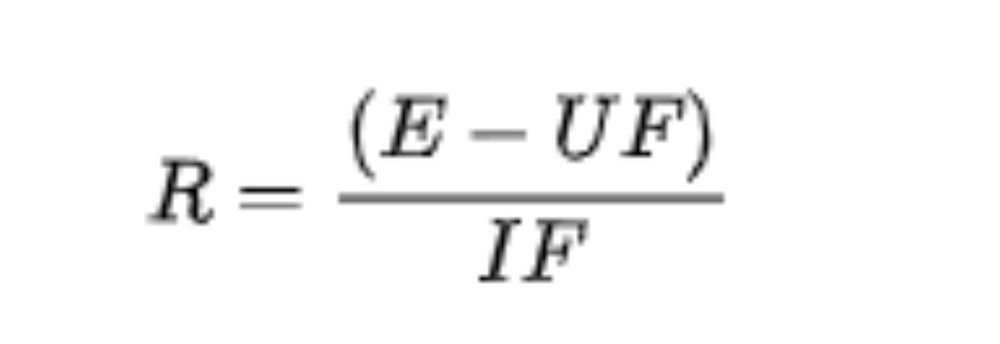
Where e is the power supply voltage, UF is the forward voltage drop of LED, and if is the natural working current of the LED. The core of LED is a chip composed of p-type semiconductors and n-type semiconductors. There is a transition layer between a p-type semiconductor and an n-type semiconductor. It is called a PN junction. In the PN junction of some semiconductor materials. When injected minority carriers combine with majority carriers.
It will be released the excess energy in the form of light. Directly convert electrical power into optical energy. PN junction plus reverse voltage a few carriers are difficult to inject, so it does not emit light. This kind of diode based on the principle of injection electroluminescence is called a light-emitting diode, commonly known as LED. When it is in the forward working state (i.e. A positive voltage is applied to both ends), when the current flows from the LED anode to the cathode, the semiconductor crystal will emit light of different colors from ultraviolet to infrared. The intensity of light is related to the current.
What is efficiency?
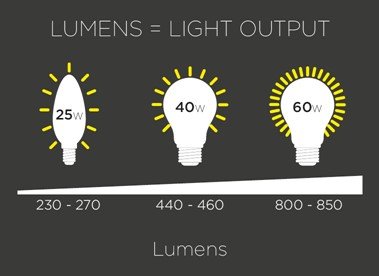
Power efficiency η P is the ratio of the emission power P0 output by the illuminant to the input excitation power PI (optical power, electron beam power, electric injection power, etc.): η P = P0 / PI, which is a dimensionless constant less than
1. Since most lamps are used for display and lighting. The human eyes measure. The human eye can only perceive visible light, and their sensitivity to different wavelengths is also very different.
Therefore, for luminaries with different emission spectra, even if they have the same power efficiency, the brightness seen by human eyes is also different.
To reflect this difference. The photometric efficiency η1 can be applied. It is the luminous flux of the light source Ф (lumens) to the excitation power PI, η1=Ф/PI, and the unit is lumens/watt.
If the emission spectrum of the light source is known. Power efficiency and photometric efficiency are interchangeable.
Quantum efficiency is used in basic research on lamps. Especially for photoluminescence and injection electroluminescence, η Q represents the luminous efficiency.
Quantum efficiency refers to the ratio of the number of photons N0 emitted by the emitter to the number of photons absorbed during the excitation process, or the number of injected electrons (holes) Ni: ηQ=N0/Ni is a dimensionless value.
For photoluminescent materials, the excitation and emission are monochromatic light or close to monochromatic light.
Conversion
λ 0 λ I am the wavelength of emission and excitation. Due to Stokes displacement η q≥ η P.
Luminous efficiency can also be divided into external and internal efficiency; external efficiency only considers the ratio of the output light energy to the light energy or electric energy invested into the illuminant. And it is the pure conversion efficiency of the absorbed energy into light energy. Input light is missing due to reflection and reabsorption.
Therefore, the external efficiency is always less than (or close to) the internal efficiency, which is the veritable parameter reflecting the energy conversion process.
The luminous efficiency reflects the overall effect of the internal energy excitation, energy transfer, composite luminescence, and non-radiative recombination process of the light source.
It is related to the composition of the illuminant, the type, and concentration of the luminous kernel, the selection of CO activator, the control of harmful impurities (quenching center), integrity of luminescent crystals, and even to the specific process.
Quantum efficiency is often used in the basic research of light-emitting devices. Especially the quantum efficiency of photoluminescence and injection electroluminescence ηQ stands for luminous efficiency. Quantum efficiency refers to the ratio of the number of photons N0 emitted by the luminophore to the number of photons absorbed during excitation. Or the number of injected electrons (holes) Ni: ηQ=N0/Ni is a dimensionless value.
For photoluminescent materials. When excitation and emission are monochromatic light or near monochromatic light. The quantum efficiency and power efficiency will show by formulated.
Conversion
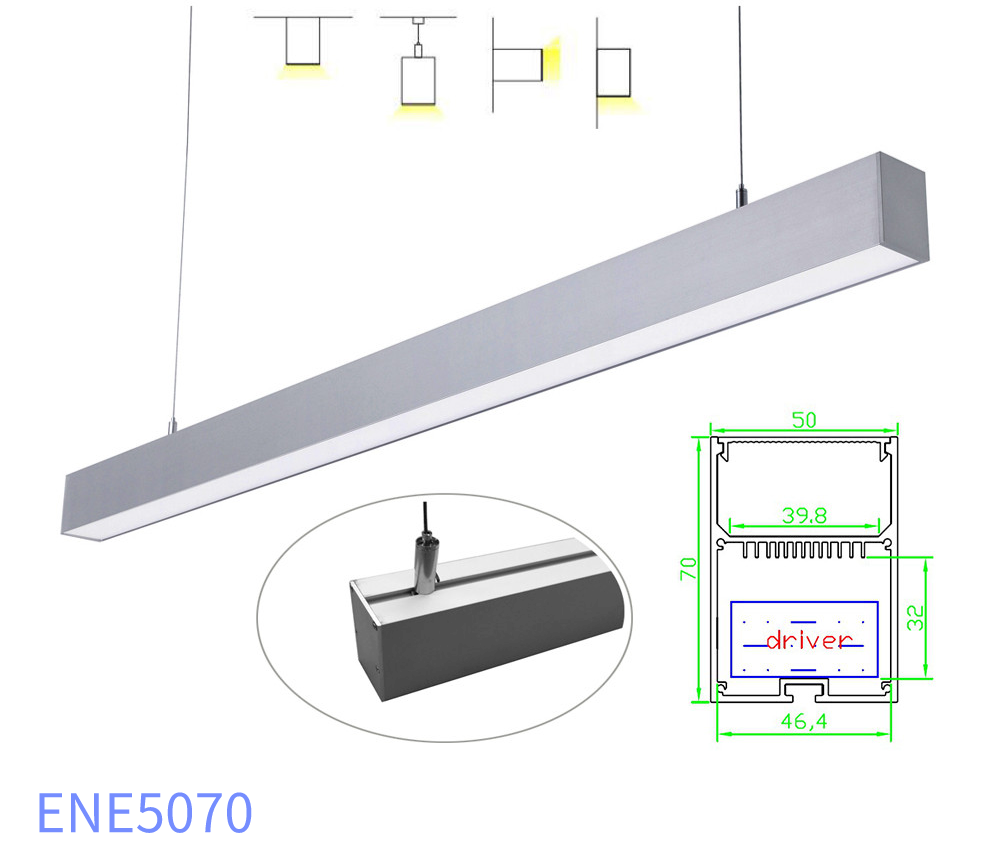
λ 0 λ I am the wavelength of emission and excitation. Often due to Stokes displacement η q≥ η P.
Luminous efficiency can also be divided into external and internal efficiency; external efficiency only considers the ratio of the output light energy to the light energy or electric energy invested into the illuminant. And it is the pure conversion efficiency of the absorbed energy into light energy. The input light is missing due to reflection and reabsorption. Therefore, the external efficiency is always less than (or close to) the internal efficiency, which is the veritable parameter reflecting the energy conversion process.
The luminous efficiency reflects the overall effect of the internal energy excitation, energy transfer, composite luminescence, and non-radiative recombination processes of the light source.
It is related to the composition of the illuminant, the type, and concentration of the luminous kernel, the selection of CO activator, the control of harmful impurities (quenching Center), integrity of luminescent crystals, and even to the specific process.
If you would like to know more, welcome to visit our website: www.enetcl.com

